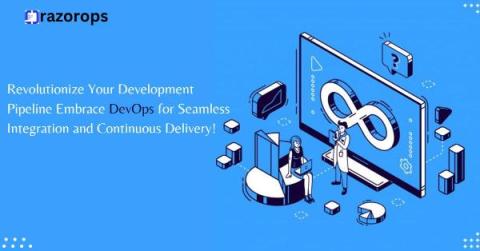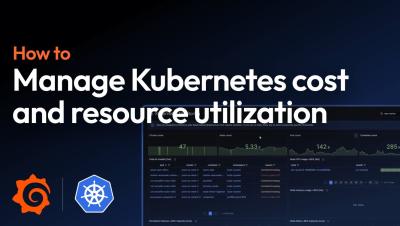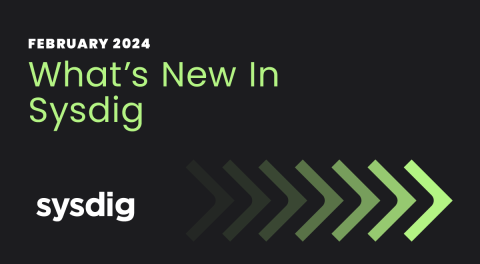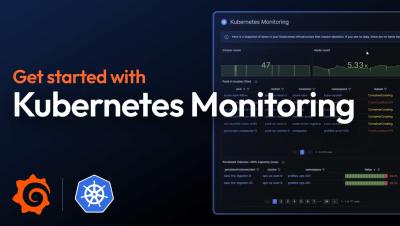Revolutionize Your Development Pipeline Embrace DevOps for Seamless Integration and Continuous Delivery
Traditional development methodologies are being replaced by more efficient and collaborative approaches like DevOps. By integrating development (Dev) and operations (Ops) teams, DevOps streamlines the software delivery process, leading to faster time-to-market, improved product quality, and increased customer satisfaction.











